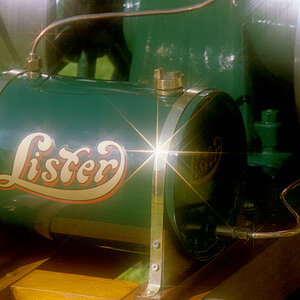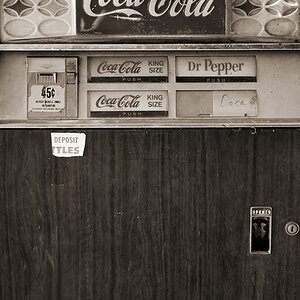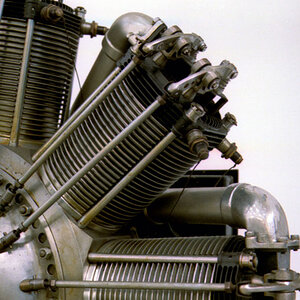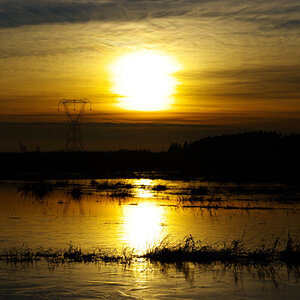TheFantasticG
No longer a newbie, moving up!
- Joined
- Oct 21, 2010
- Messages
- 1,513
- Reaction score
- 200
- Location
- Houston, Texas
- Website
- www.gplimages.com
- Can others edit my Photos
- Photos NOT OK to edit
#1

Big Robber Fly by The Fantastic G, on Flickr
#2

Red Damsel Fly by The Fantastic G, on Flickr
#3

Small Robber Fly by The Fantastic G, on Flickr
#4

Small Robber Fly by The Fantastic G, on Flickr
#5

Dragonfly by The Fantastic G, on Flickr
Lessons learned:
1) Remote release is 100% a must
2) I don't need a billion different frames
3) I need to shoot around F8
4) Zerene Stacker is what program I'm going to use
5) Not a chance in Hell I'll be able to do this outside if there is ANY wind WHAT SO EVER.
Thanks for looking.

Big Robber Fly by The Fantastic G, on Flickr
#2

Red Damsel Fly by The Fantastic G, on Flickr
#3

Small Robber Fly by The Fantastic G, on Flickr
#4

Small Robber Fly by The Fantastic G, on Flickr
#5

Dragonfly by The Fantastic G, on Flickr
Lessons learned:
1) Remote release is 100% a must
2) I don't need a billion different frames
3) I need to shoot around F8
4) Zerene Stacker is what program I'm going to use
5) Not a chance in Hell I'll be able to do this outside if there is ANY wind WHAT SO EVER.
Thanks for looking.



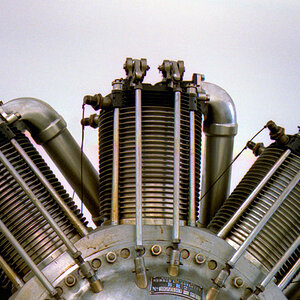
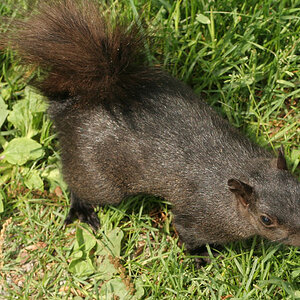

![[No title]](/data/xfmg/thumbnail/38/38265-4b75e7e05f8bf906800580ac7f7ddf60.jpg?1619738549)
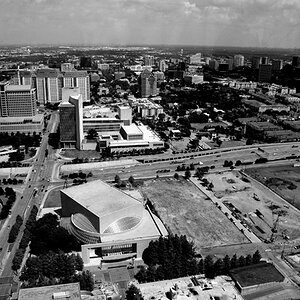
![[No title]](/data/xfmg/thumbnail/37/37108-62307f01c11ef92f5655ed4501d565ce.jpg?1619737882)

![[No title]](/data/xfmg/thumbnail/37/37106-bbbc8e30f409f82c56bead43c7565d5a.jpg?1619737882)
